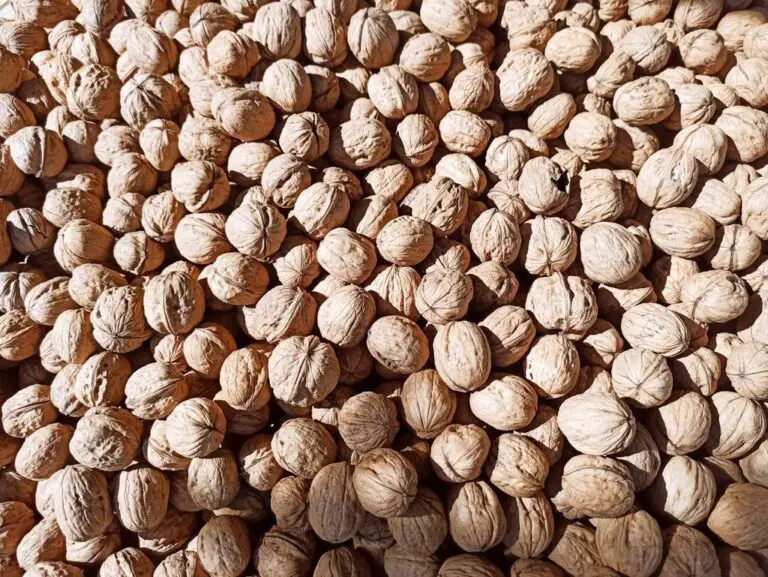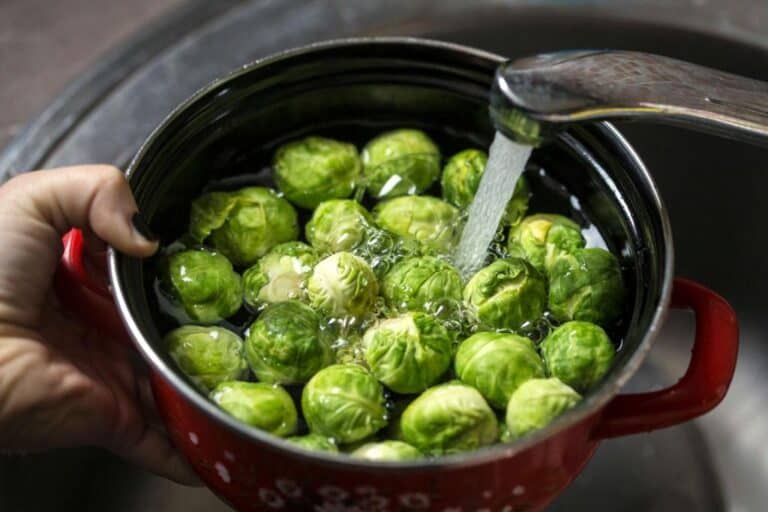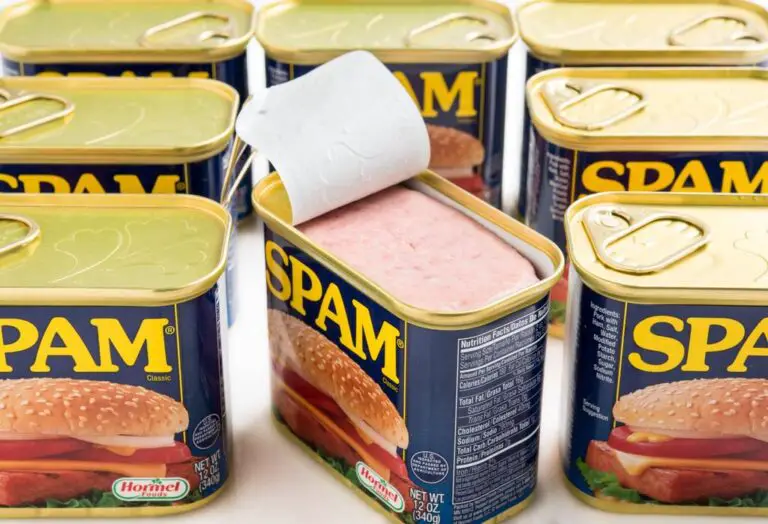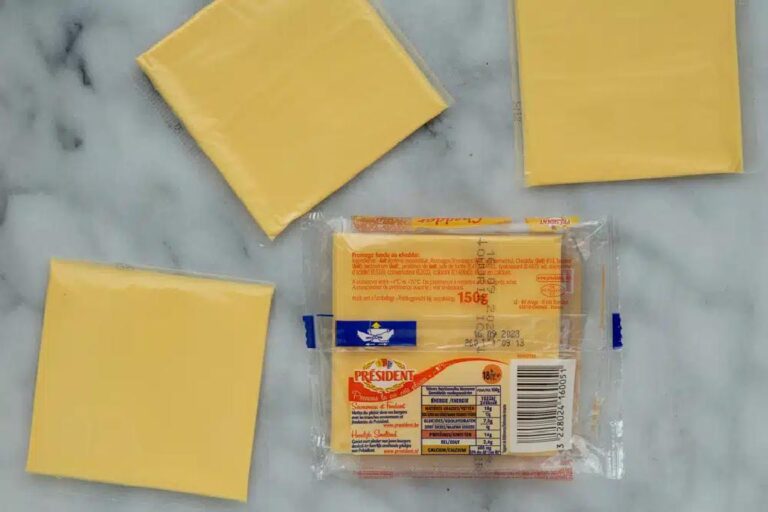Are Spam And Luncheon Meat The Same? Find Out Here!
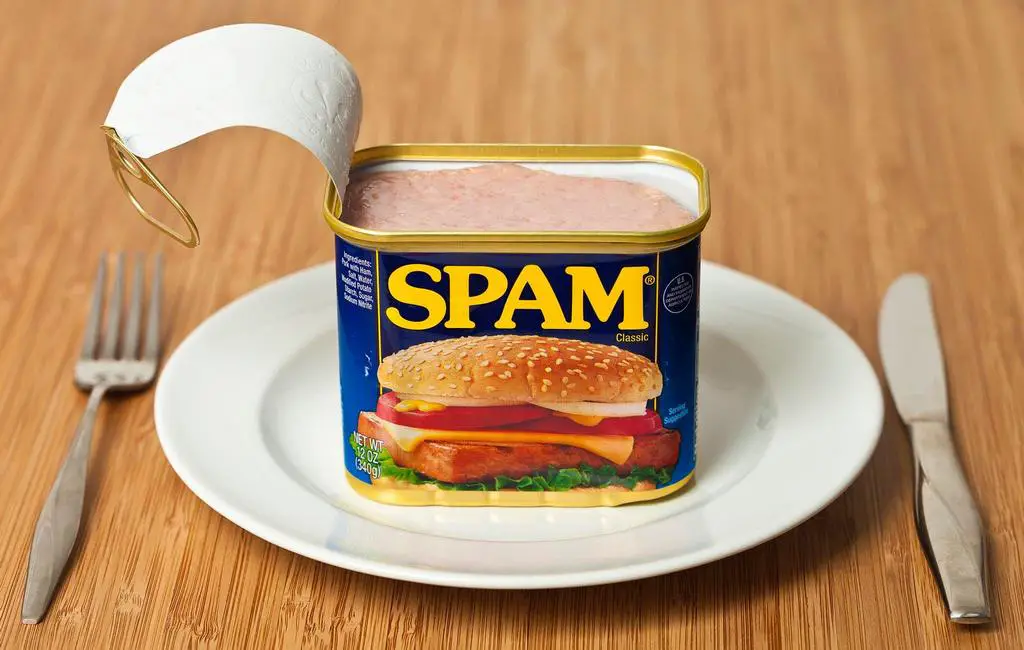
Canned meats have been a culinary curiosity for generations, lurking in the depths of pantry shelves, waiting to rescue us from those “I have no time to cook” moments. And at the heart of this canned meat mystery are two titans: Spam and Luncheon Meat.
Are they distant relatives or long-lost twins separated at birth? To the untrained eye, a can of Spam might look quite similar to your everyday luncheon meat, but the devil, as they say, is in the details.
So, are spam and luncheon meat the same? No, Spam and luncheon meat are not the same. Both are processed meats that come in a can, but there are some significant differences between the two.
On this culinary adventure, we’re going to unravel the intricacies of Spam and luncheon meat, dissecting their ingredients and textures, and even diving into the sizzling debate on which reigns supreme in the kitchen.
So, if you’ve ever wondered if you should swap one for the other in your favorite recipes or if there’s a culinary secret lurking within those cans, stay with us, because we’re about to uncover the savory truth.
What is Spam?
Spam, originally introduced by the Hormel Foods Corporation in 1937, has earned its place as a culinary cultural icon in American households. Pork shoulder meat, ham, salt, water, sugar, and a variety of spices are all mixed together to create this canned meat product.
Its unique flavor profile and long shelf life have made it a beloved pantry essential. Whether fried, grilled, or added to a wide range of dishes, Spam offers versatility in the kitchen.
Aside from its culinary uses, Spam’s iconic blue and yellow packaging is instantly recognizable. The product’s convenience and affordability have endeared it to generations, making it a favorite ingredient for sandwiches, stir-fries, or even topping a classic mac ‘n’ cheese. With its enduring popularity, Spam continues to hold a special place in American culture, showcasing how a simple canned meat product can become a cherished tradition in the hearts and kitchens of many.
Ingredients in Spam
Here’s a breakdown of the main ingredients in Spam:
- Pork Shoulder Meat
- Ham
- Salt
- Water
- Sugar
- Sodium Nitrite (as a preservative)
- Various Spices
The exact recipe is a closely guarded secret, known by only a select few at the Hormel Foods Corporation. This unique blend of ingredients contributes to Spam’s distinctive flavor and texture.
What is Luncheon Meat?
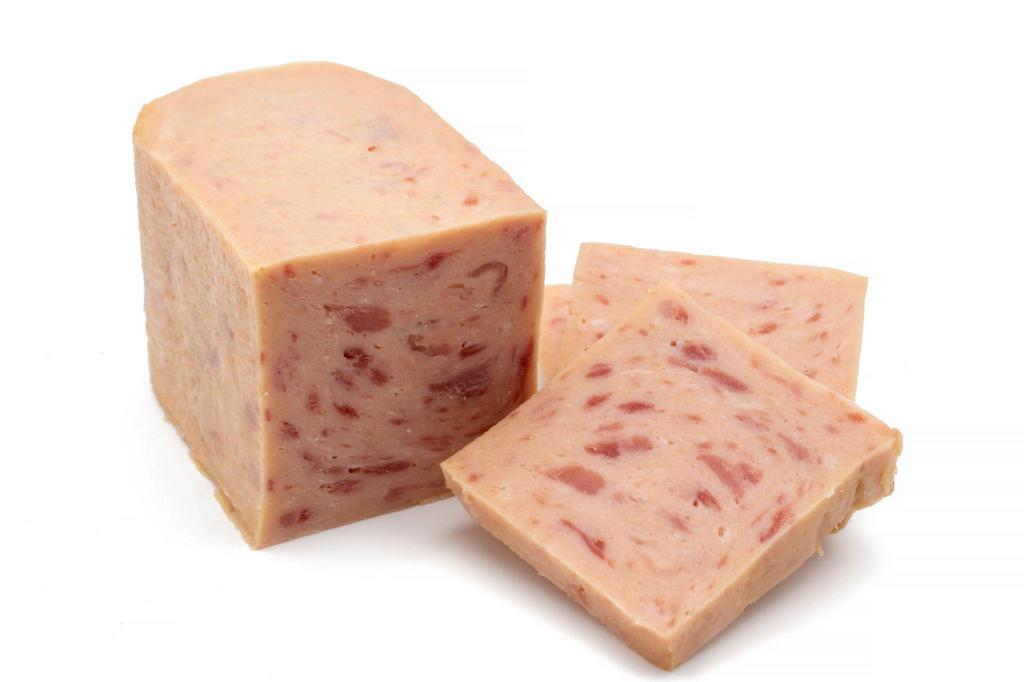
Luncheon meat, also known as “lunch meat” or “deli meat,” is a broad category of processed meats that includes various options like turkey, chicken, roast beef, and more. It’s commonly used in sandwiches, salads, and other dishes. Unlike Spam, which is a specific brand and product, luncheon meat encompasses a wide range of options from different manufacturers.
Varieties of Luncheon Meat
Luncheon meat comes in various flavors and types, making it a versatile option for creating different dishes. Some popular varieties include:
- Turkey
- Chicken
- Roast Beef
- Ham
- Salami
- Bologna
The ingredients and flavors can vary significantly between different brands and types of luncheon meat.
Similarities between Spam and Luncheon Meat
When it comes to Spam and luncheon meat, there are indeed some notable similarities that make them appear almost interchangeable. Both Spam and luncheon meat are processed meats that have a long shelf life, making them convenient options for quick meals or camping trips. Additionally, they both come in cans and share a similar texture, which is often described as soft and slightly crumbly.
Another similarity between Spam and luncheon meat is their versatile nature. While many may associate spam with the iconic canned meat product from Hormel Foods, the term has also become synonymous with unwanted email messages.
Similarly, luncheon meat is often thought of as a generic term for various canned processed meats available in supermarkets worldwide. This dual meaning shows how both words have evolved beyond their original definitions over time.
Both Spam and luncheon meat have faced their fair share of criticism throughout the years due to concerns about high sodium content and artificial additives. However, fans argue that these products can be enjoyed occasionally as part of a balanced diet.
Ultimately, whether you prefer one over the other or see them as one and the same comes down to personal taste preferences and individual perceptions of these processed delights.
Read: Treet vs Spam: The Difference Between These Canned Meat?
Comparing Ingredients
Now that we’ve introduced both Spam and luncheon meat, let’s take a closer look at how their ingredients compare.
Table 1: Ingredient Comparison
| Ingredient | Spam | Luncheon Meat |
| Main Meat | Pork Shoulder Meat and Ham | Varies (e.g., Turkey, Chicken) |
| Preservatives | Sodium Nitrite | Sodium Nitrite (varies by brand) |
| Spices | Unique blend | Various (depending on type) |
| Salt | Present | Present |
| Sugar | Present | May or may not be present |
| Water | Present | Present |
As you can see, Spam is made from a specific combination of pork shoulder meat and ham, whereas luncheon meat can consist of various meats, depending on the type you choose. Additionally, Spam has a unique blend of spices, giving it a distinct flavor.
Taste and Texture
The taste and texture of Spam and luncheon meat can be quite different, largely due to the variations in ingredients.
Spam
Spam has a rich, savory flavor with a hint of sweetness. The blend of spices used in Spam gives it a unique taste that many people love. The texture of Spam is firm and slightly grainy, making it suitable for slicing and frying.
Luncheon Meat
The taste and texture of luncheon meat can vary greatly depending on the type and brand you choose. For example, turkey luncheon meat has a milder flavor compared to salami. The texture is typically smoother and more uniform, making it easy to use in sandwiches and salads.
Cooking and Usage
The way you cook and use Spam and luncheon meat can vary significantly, and it often depends on personal preference and cultural traditions.
Spam
Spam is incredibly versatile and can be prepared in various ways. Some popular methods of cooking Spam include:
- Frying: Sliced Spam can be pan-fried until it’s crispy on the outside.
- Grilling: Grilled Spam is a favorite in some regions.
- Baking: Spam can be baked in the oven, often glazed with a sweet sauce.
- Slicing: Many enjoy Spam cold, sliced thin for sandwiches or salads.
Luncheon Meat
Luncheon meat, due to its uniform texture, is often used in sandwiches. It can also be a convenient addition to salads, wraps, and cold platters. It doesn’t require any cooking, making it a quick and easy option for meals on the go.
Check: Can You Eat Expired Spam or Past the Best by Date?
Nutritional Comparison
Understanding the nutritional aspects of Spam and luncheon meat is essential if you’re concerned about your diet.
Table 2: Nutritional Comparison (per 3-ounce serving)
| Nutrient | Spam | Luncheon Meat |
| Calories | 180 | Varies by type |
| Protein | 7g | Varies by type |
| Fat | 16g | Varies by type |
| Sodium | 790mg | Varies by type |
| Carbohydrates | 1g | Varies by type |
Keep in mind that the nutritional values of luncheon meat can vary significantly depending on the type and brand. For example, turkey luncheon meat tends to be lower in fat and calories compared to salami.
Price Point
The cost of Spam and luncheon meat can also differ based on the type and brand you select.
- Spam is typically priced moderately and offers a consistent taste and quality.
- Luncheon meat prices can vary, with some premium deli brands costing more than others.
Options like organic or nitrate-free food may also have an impact on the price point.
Conclusion
In summary, Spam and luncheon meat are not the same. While Spam is a specific brand known for its distinctive blend of pork and ham, luncheon meat is a broader category that includes various types of processed meats.
The choice between Spam and luncheon meat depends on your personal taste and how you plan to use them in your meals. Spam has a unique flavor and texture, making it a favorite for some, especially when fried or grilled. On the other hand, luncheon meat offers a wide variety of options and is a convenient choice for sandwiches and salads.
Ultimately, whether you’re craving the iconic taste of Spam or seeking the simplicity and variety of luncheon meat, both can be delicious additions to your culinary repertoire. The key is to explore and savor the flavors that suit your palate and cooking style.
FAQs on Spam And Luncheon Meat Comparison
Can Spam and luncheon meat be used interchangeably in recipes?
Spam and luncheon meat can often be used interchangeably in recipes that call for canned meat, especially in dishes like sandwiches, salads, and stews, although the specific flavors and textures may vary slightly.
Are there any health risks associated with consuming Spam or luncheon meat?
Both Spam and luncheon meat, when consumed excessively, may contribute to health risks such as increased sodium intake, higher levels of preservatives, and potential links to certain diseases, including cardiovascular issues and some types of cancer.
What are the most popular flavors of Spam and luncheon meat?
Some popular flavors of Spam include classic, black pepper, and teriyaki, while common flavors of luncheon meat include classic, smoked, and spicy varieties, depending on regional preferences.
How do different cultures incorporate Spam and luncheon meat into their cuisines?
Various cultures incorporate Spam and luncheon meat into dishes such as fried rice, stews, sandwiches, and noodle dishes, showcasing their versatility in global cuisines, including Hawaiian, Filipino, and Korean dishes.
Is Spam a healthy food option?
Spam, while a convenient food option, is not typically considered a healthy choice due to its high sodium and fat content, which may contribute to health issues when consumed in excess.
What are the key ingredients to look for while purchasing luncheon meat?
When purchasing luncheon meat, it’s important to check for the types of meat used, the sodium content, and the presence of any artificial additives or preservatives that might impact its nutritional value and overall quality.
Can Spam and luncheon meat be part of a balanced diet?
While Spam and luncheon meat can be included in a balanced diet occasionally, it’s essential to moderate their consumption due to their high sodium and fat content and prioritize a diet rich in fruits, vegetables, and whole grains.
What are the best ways to store Spam and luncheon meat for maximum freshness?
To ensure maximum freshness, it’s advisable to store unopened cans of Spam and luncheon meat in a cool, dry place. Once opened, any unused portion should be transferred to an airtight container and refrigerated promptly.

